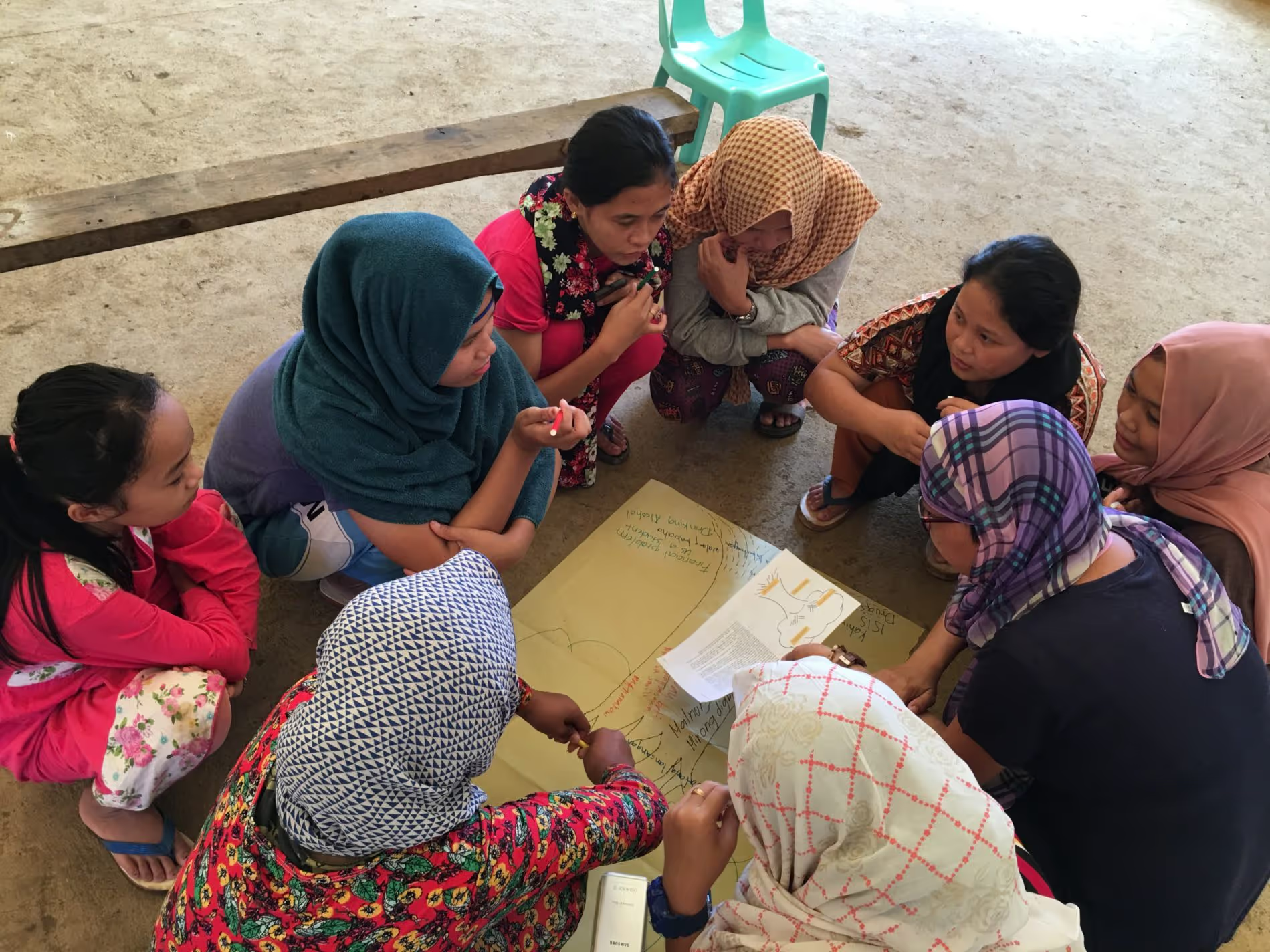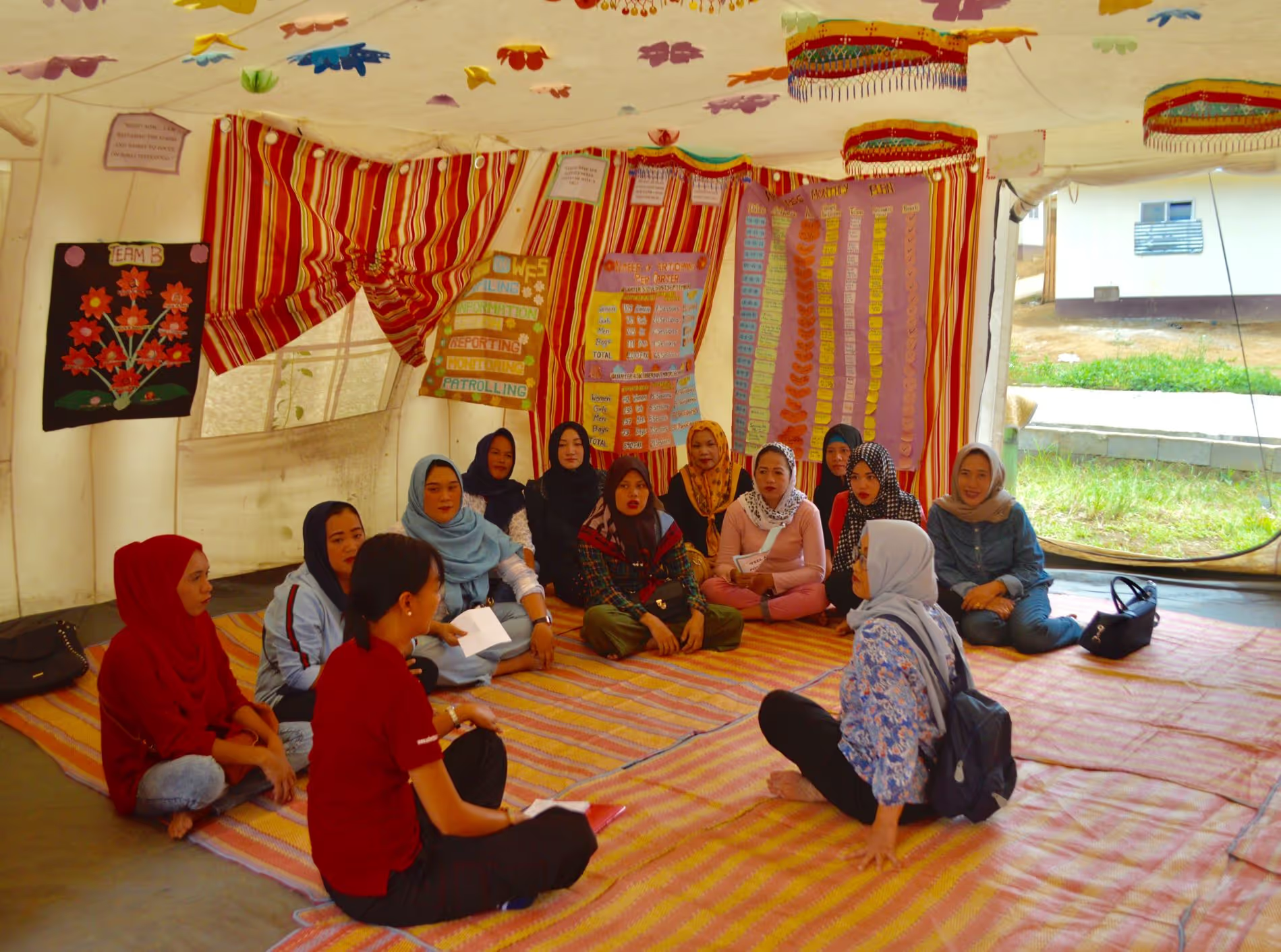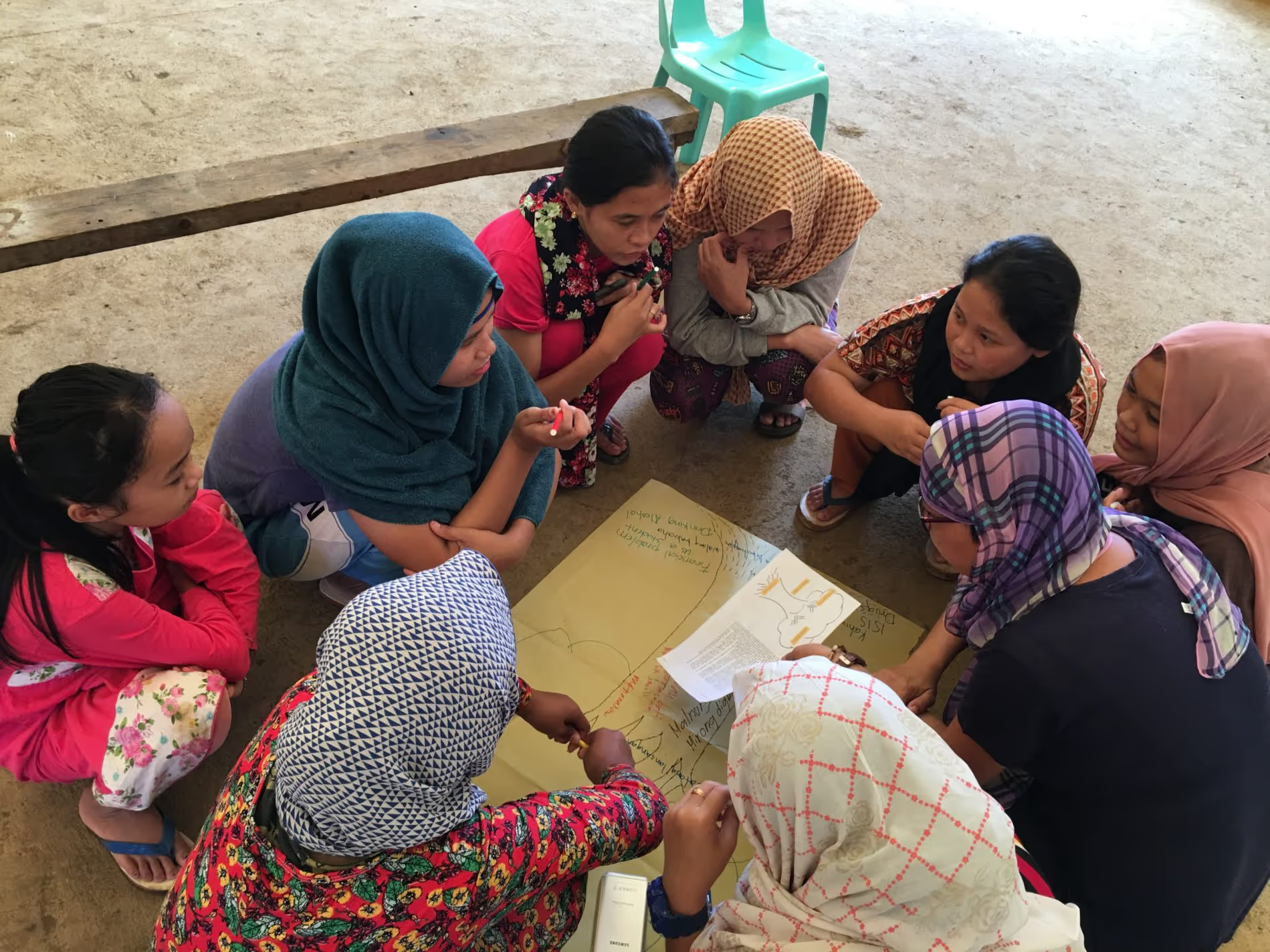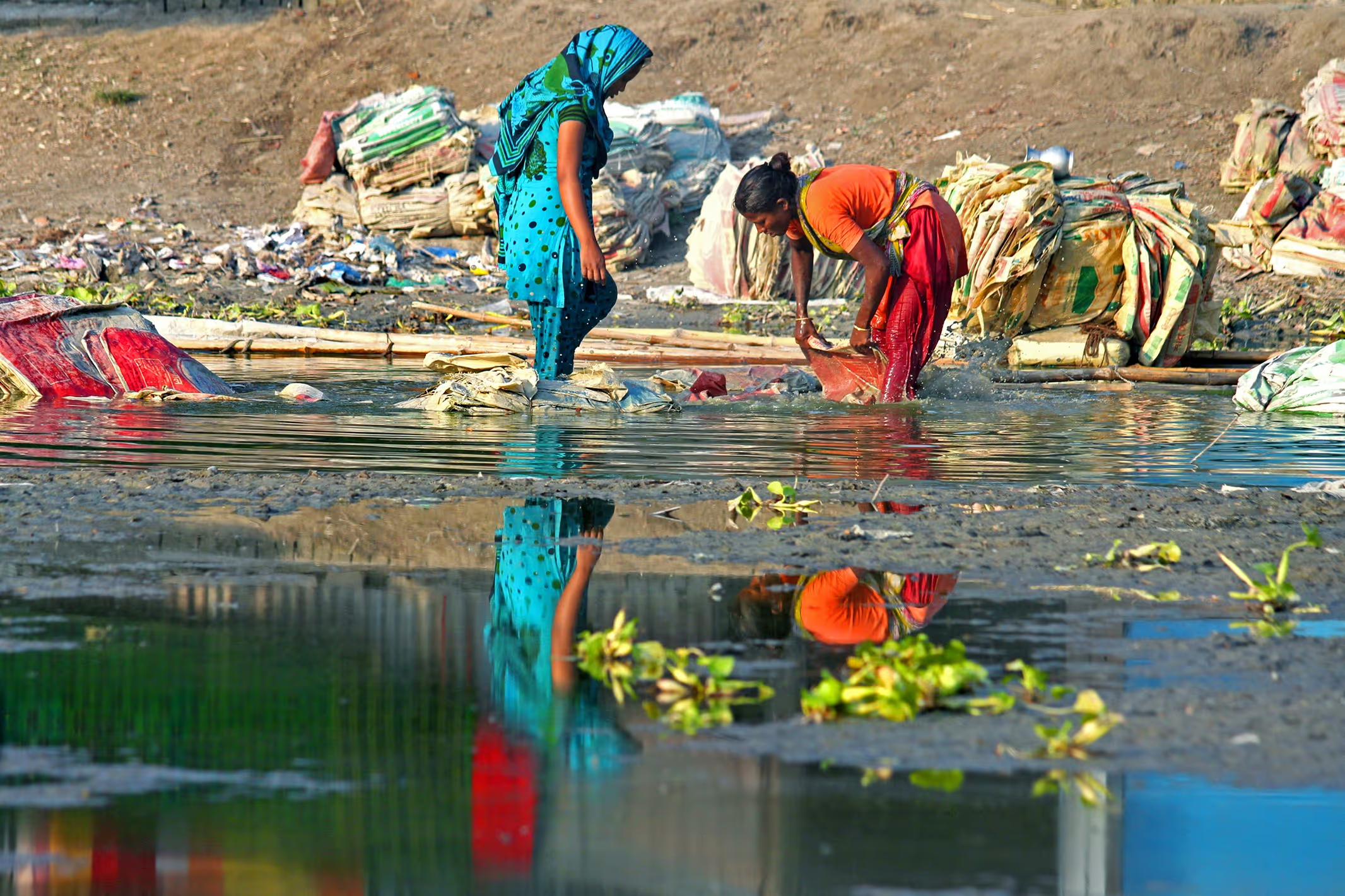What are we learning about capturing the impact of GBV programming?

Written by Scheree Herrera, GBViE Technical Specialist, SCHERZ Indigenous Creations Enterprises.
What is our purpose?
The GBViE Consortium, composed of four organisations from the Visayas Region of the Philippines, is conducting the country’s very first impact assessment study on GBV programming in emergencies. The consortium will look at GBV programming covering natural disasters and armed conflicts from 2011 to present.
In partnership with the government, humanitarian organisations and affected communities, the study is making use of innovation and human-centred design. We are employing these methods to capture the changes and impact that the implementation of various GBV interventions and services in emergencies have had.
It is hoped that the study will trigger responsive impact measurement practices that can be collaboratively performed together. The study will be used to better inform and guide GBViE programming with empirical evidences, with harmonised desired impact and with the voices of the vulnerable communities.
;

What are our goals?
The project is aiming to:
- Provide new insights, greater understanding and creative opportunities to better enhance GBViE programming and its information management system.
- Serve as a guide for a more harmonised approach on GBV management, coordination, mainstreaming, and monitoring and evaluation mechanisms.
- Offer a safe yet creative spaces to bring out the perspectives of the affected communities and of the humanitarian actors.

How are we doing this?
The project is making use of both quantitative and qualitative methodologies.
We are making use of the Brief Resilience Scale to survey GBViE survivors. The focus group discussions are being utilised to capture the perceptions of young girls and boys, adult women and men and vulnerable sectors such as indigenous communities, ethnic minorities, elders, LGBTs, among others.
The Consortium has also applied the community score card approach and has used the GBV Tree, Tree of Hope and Body Mapping in bringing out the understanding of the communities on GBV in emergencies.
Key informants and group interviews at the national and local levels have been used to capture the perceptions of the duty-bearers and humanitarian volunteers.

What have we learnt so far?
My engagement on this project is very interesting and challenging. Conducting an impact assessment study on GBV in emergencies requires innovation in approach and process. It is very ambitious to construct a harmonised theory of change. Especially given that the existing GBV Sub Clusters (GBVSCs) at the national and regional levels have not done it before, and are not familiar with it.
However, we see how important it is that this be introduced for the collective action of the members of the GBVSC. It will allow the GBVSC to make impacts and changes, taking advantage of the opportunities brought about by emergency contexts.
At the same time, the GBViE theory of change can serve as a guide in determining what to measure or capture in conducting an assessment or evaluation study such as this.
When we collected data in the field, we realised the challenges ahead of GBViE programming, particularly regarding the information management system and how it relates to monitoring and evaluation.
Here are our observations.
- Vulnerable sectors such as persons with disabilities, elders, adolescents, among others, remain invisible.
- Culture remains a critical factor in programming.
- An integrated approach on GBV needs strengthening especially for GBV survivors.
- Monitoring and evaluation remains a huge gap across the country.
- The technical and financial capacities of agencies or organisations working on GBV need to be addressed.
- Statistical data on GBV can provide insights but this can be deepened if this is complemented with qualitative data.
Notably, although there are existing good practices on reporting and recording of GBV incidents, it will require innovation to capture GBV cases in emergency contexts.
This project is not just about extracting information from our duty-bearers and rights-holders.
I personally observed how this study has triggered self-realisations and created awareness among our stakeholders that will hopefully lead to leadership and prioritisation of GBViE and its effective monitoring and evaluation.
Stay updated
Sign up for our newsletter to receive regular updates on resources, news, and insights like this. Don’t miss out on important information that can help you stay informed and engaged.
Related articles



Explore Elrha
Learn more about our mission, the organisations we support, and the resources we provide to drive research and innovation in humanitarian response.